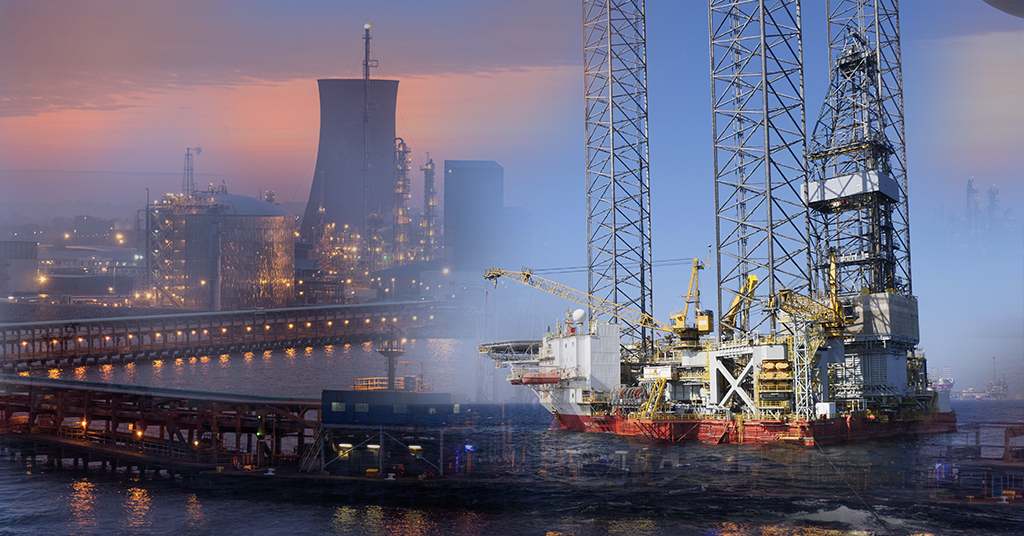A Slowdown in Trading Activities Stabilizes the European Formic Acid Prices
- 09-Feb-2023 5:04 PM
- Journalist: Patricia Jose Perez
Rotterdam, Netherlands- With limited trading activity and weak spot price discussions, the European market for Formic Acid displayed a steady price trend. The European Formic Acid market struggles with low product bidding fundamentals and economic turbulence. Also, the feedstock Methanol market showcased a stable price trend with a bearish exchange environment.
With the stabilization in the feedstock Methanol market, major Formic Acid producers kept a steady cost for the European market. Trading of Formic Acid is on an immediate basis due to the uncertainty in the market amidst supply chain disruptions and the lackluster demand from the downstream preservative industries.
With weak market fundamentals and production cuts among enterprises, downstream preservative industries maintained a cautious stance. Limited trading fundamentals led to a decline in Formic Acid demand in the European market. With the week ending on 03rd Feb, the price of Formic Acid in the Netherlands stabilized at USD 922/ton FD Rotterdam.
In the Turkish market, the Formic Acid price stabilized this week after an uptick in purchasing activities from the past few weeks. With the week ending on 03rd Feb, the price of Formic Acid in Turkey stabilizes at USD 1297/ton CFR Istanbul. Stabilization was mainly in line with expectations, which had called for an improvement at a regional scale following the inadequate supply. However, freight charges are still on the lower end, affected by sufficient container availability. Imports of Formic Acid from China and Germany also traded on an immediate basis.
According to ChemAnalyst, healthy trading discussions and tepid market fundamentals will keep purchasing activities in check. With the demand exceeding the supply and gradual increase in feedstock Methanol, market fundamentals will improve with continuous utilization of inventories. Downstream preservative industries are anticipated to increase manufacturing unit production rate to maintain the supply/demand equilibrium. In terms of transportation, rising fuel and energy utilities will still remain the major factor influencing the European Petrochemical market.



